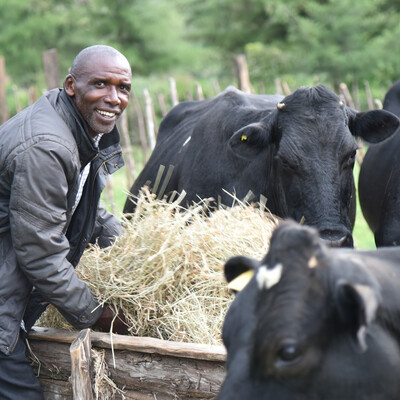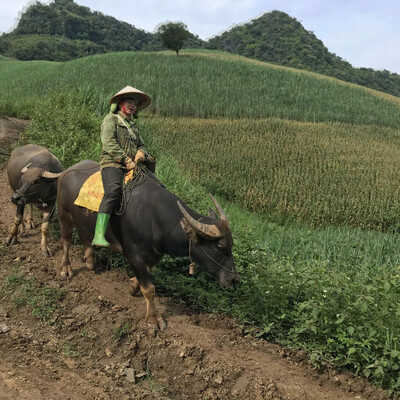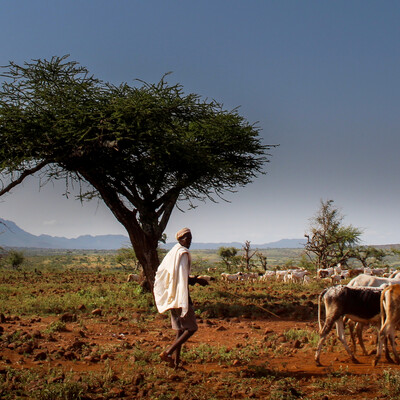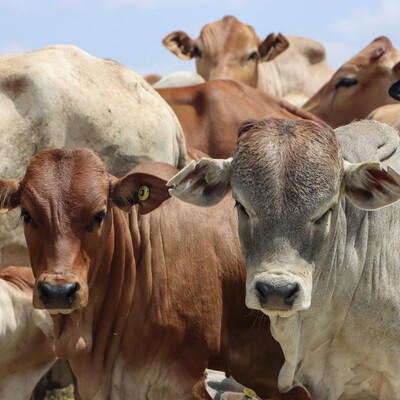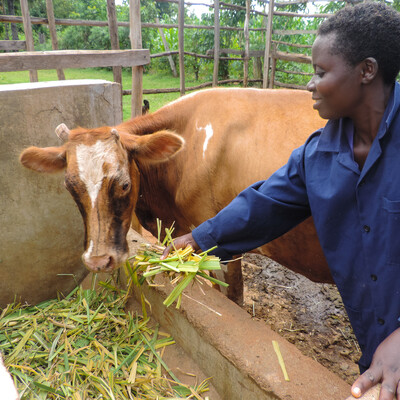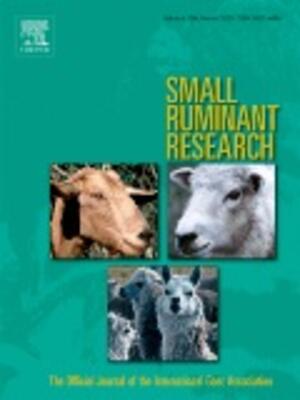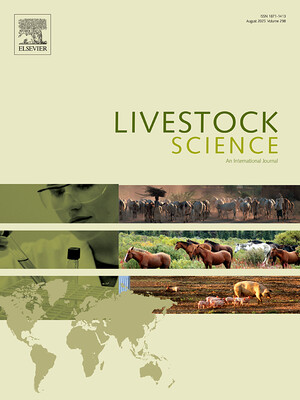
Mazingira Centre – a role model for environmental research infrastructure in Africa
Climate change threatens the livelihoods of millions of people in Africa. The rise in global temperatures, changes in rainfall, and the increase of extreme weather conditions all pose a serious risk to the agricultural sector and food and nutrition security.
At the same time, Africa is currently the most uncertain region with regard to global climate predictions. This is due to our limited understanding of the amount of greenhouse gases (GHG) that the African biosphere emits, and how this varies across different land cover types and over time. Africa is also experiencing a rise in GHG emissions from land-use change, industrialization, and transport. This could make the continent a major GHG emitter in the near future.
“We are at a critical turning point where the population in Africa is growing, and agriculture is growing alongside it. Under business-as-usual, increases in production will increase greenhouse gas emissions. It’s important that we understand where these emissions are coming from to identify farming practices that can reduce them.”
– Sonja Leitner, Scientist at the Mazingira Centre, ILRI
Reducing the uncertainty in GHG emission estimates would help African nations meet global reporting demands under the Intergovernmental Panel on Climate Change (IPCC) and the United Nations Framework Convention on Climate Change (UNFCCC) in line with the Paris Agreement. In addition, and more relevant to smallholder farmers, this would enable the development of appropriate climate change mitigation and adaptation responses. These solutions are urgently needed by African countries in their fight against the climate crisis.
 Automated flux chambers to measure greenhouse gases from soils of different land use such as grazing lands, croplands, or forests. Photo: Sonja Leitner/ILRI
Automated flux chambers to measure greenhouse gases from soils of different land use such as grazing lands, croplands, or forests. Photo: Sonja Leitner/ILRI
To address this knowledge gap and to help with future research efforts, scientists from Africa and Europe reviewed existing environmental observational networks and identified the limitations that hinder accurate GHG emission estimations within the SEACRIFOG project funded by the EU. “SEACRIFOG” stands for “Supporting EU–African Cooperation on Research Infrastructures for FOod Security and Greenhouse Gas Observations”.
 Research infrastructure at ILRI’s Kapiti Research Station to measure ecosystem carbon dioxide and methane exchange with the Eddy Covariance tower method. Photo: Lutz Merbold/ILRI
Research infrastructure at ILRI’s Kapiti Research Station to measure ecosystem carbon dioxide and methane exchange with the Eddy Covariance tower method. Photo: Lutz Merbold/ILRI
A recent synthesis study highlights the Mazingira Centre of the International Livestock Research Institute (ILRI) as an example of what can be achieved with continuous state-of-the-art environmental observations where researchers from multiple backgrounds and disciplines work together to provide services for stakeholders ranging from ministry line staff, academia as well as farmers and livestock keepers.
“With all the work we have done under the SEACRIFOG project, we suggest here an African GHG observation system. Such a system will provide a research and innovation agenda for GHG observations, and also for carbon and nutrient budgets. Such data will contribute to improving climate-smart agriculture and land-use management, and it will enhance food and nutrition security on the African continent.”
– Lutz Merbold, Principal Scientist and former Head of the Mazingira Centre, ILRI
The SEACRIFOG consortium has developed a blueprint for establishing such an environmental research network across the African continent combining existing and new infrastructure and estimated its cost at 550M EURO (625M USD) over the next 30 years. Achieving the goal of reliable GHG estimates will need capacity development, development of an e-infrastructure along with physical infrastructure, and inclusion of all stakeholders to ensure African ownership. This blueprint can now be used to streamline funding efforts to improve African GHG observations.
 Cow of the East African Boran breed inside a respiration chamber at ILRI’s Mazingira Centre. These chambers are used to measure the effect of animal breeds and local feeds on enteric methane emissions. This helps to get reliable greenhouse gas estimates and to test feeding interventions that can reduce emission intensities. Photo: Daniel Korir/ILRI
Cow of the East African Boran breed inside a respiration chamber at ILRI’s Mazingira Centre. These chambers are used to measure the effect of animal breeds and local feeds on enteric methane emissions. This helps to get reliable greenhouse gas estimates and to test feeding interventions that can reduce emission intensities. Photo: Daniel Korir/ILRI






